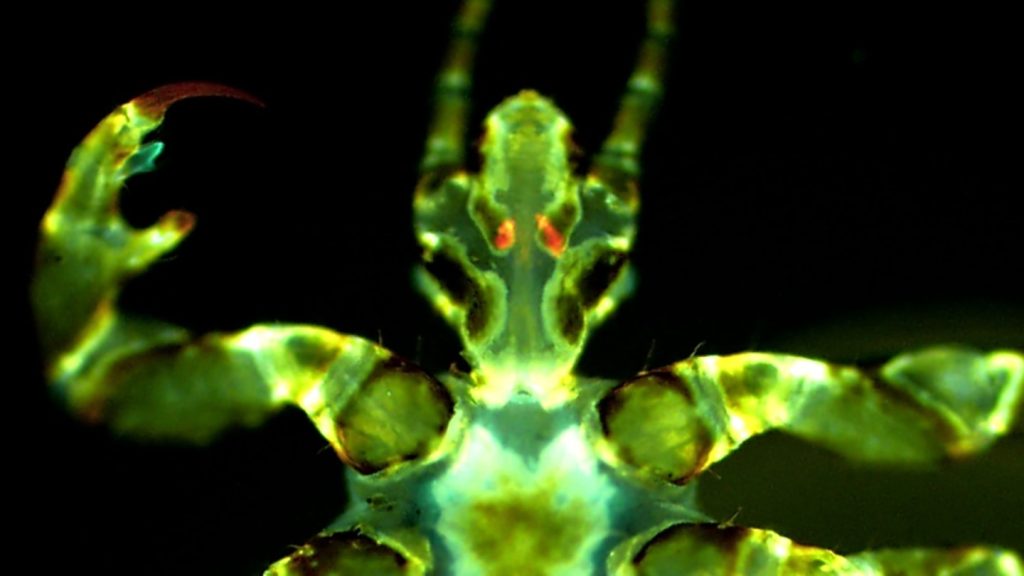Recent research suggests that the spread of the plague during historical outbreaks such as the Black Death might not have been solely due to rats and fleas, as previously believed. A study conducted by researchers from the U.S. National Institute of Allergy and Infectious Diseases found that human body lice can harbor plague-causing bacteria and transmit the disease by biting humans. This challenges the conventional view that rats and fleas were the primary vectors for spreading the plague.
The researchers simulated human skin to study how body lice (Pediculus humanus humanus) feed on blood and transmit the bacteria. They found that lice feeding on blood containing Yersinia pestis, the bacterium that causes the plague, developed infections that lasted about a week. Some lice had the bacteria concentrated in unique glands, allowing for more efficient transmission of the bacteria during feeding. The study revealed that lice could potentially transmit the plague through bites, a previously overlooked mode of transmission.
In addition, the research showed that body lice can be infected with Y. pestis strains that have genetic mutations preventing the bacterium from infecting fleas. This suggests that body lice might be more effective at spreading the plague than previously thought and could potentially be the main agents responsible for certain plague outbreaks. The findings open up new possibilities in understanding the role of body lice in disease transmission throughout history.
Body lice are known to spread other bacterial diseases, such as trench fever and typhus, to humans through contact with infected lice or their feces. The study highlights the potential for body lice to transmit infectious diseases, including the plague, through various mechanisms. This new research sheds light on the complex relationship between body lice and disease transmission and challenges existing theories about the spread of the plague.
Overall, the study raises questions about the historical role of body lice in spreading the plague and emphasizes the need for further research to understand the full extent of their involvement in disease transmission. By reevaluating the role of body lice in spreading infectious diseases, researchers can improve strategies for preventing and controlling outbreaks, particularly in regions where body lice infestations are common. Further investigation into the mechanisms of disease transmission by body lice could lead to new insights into combating epidemics and improving public health responses.


